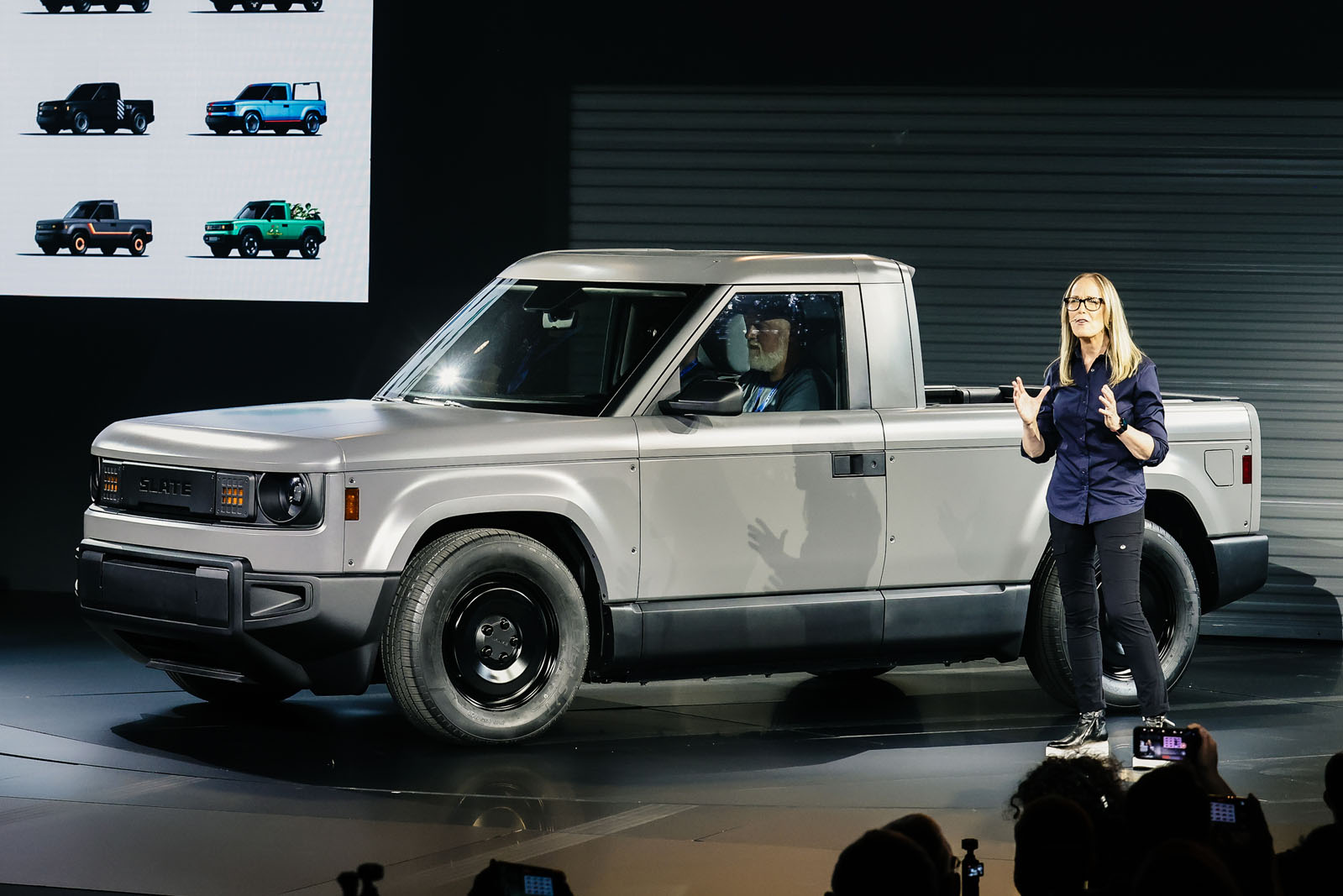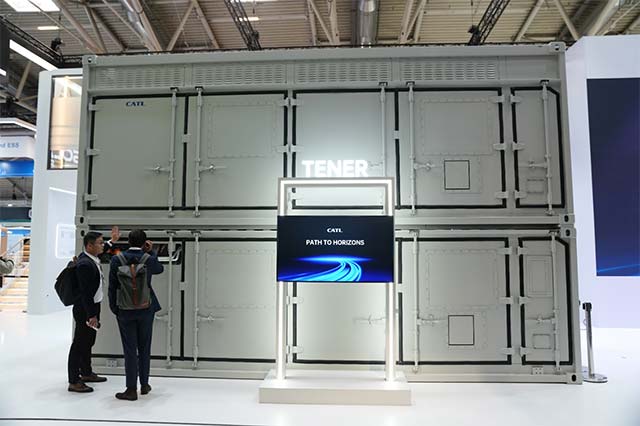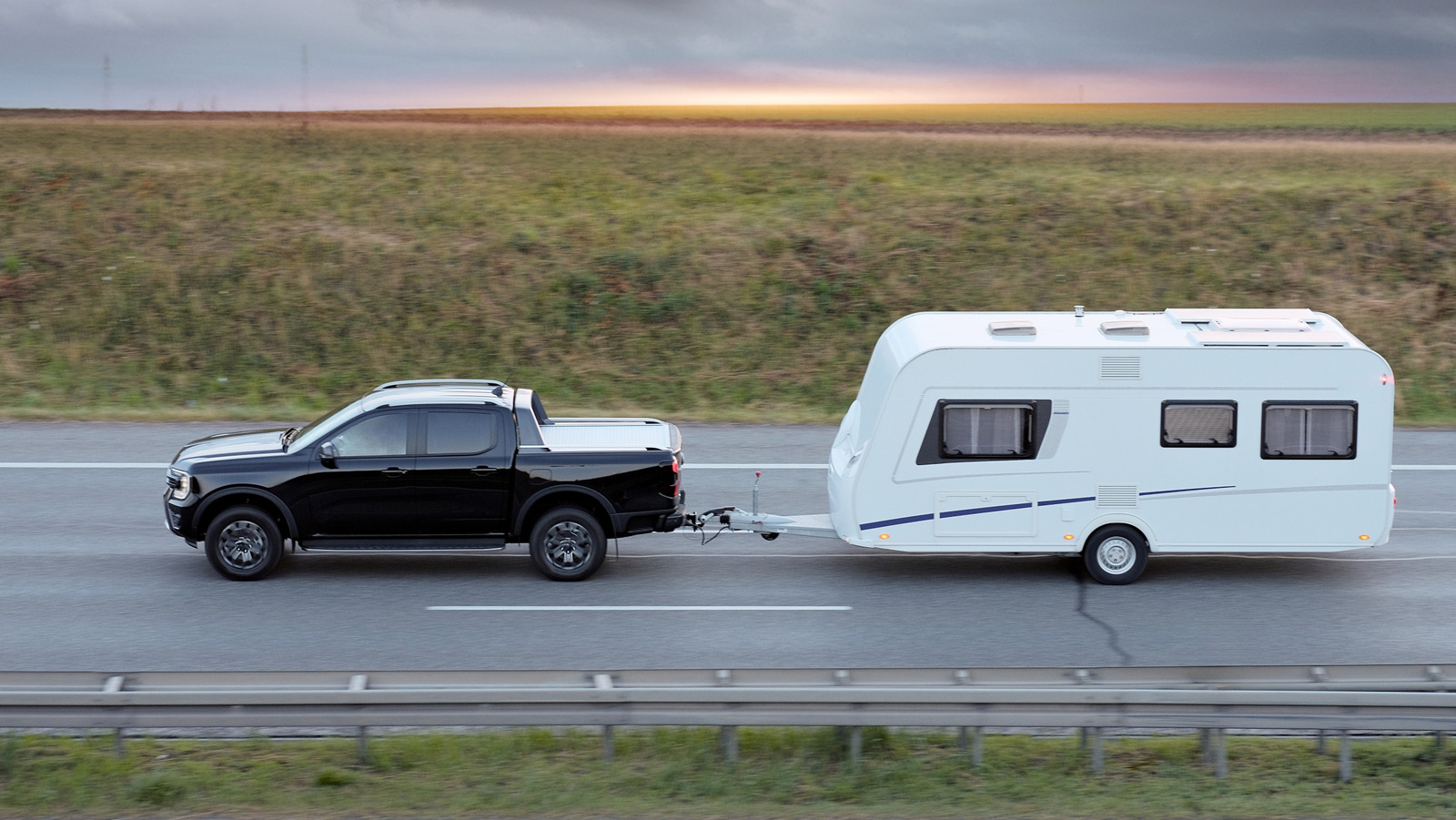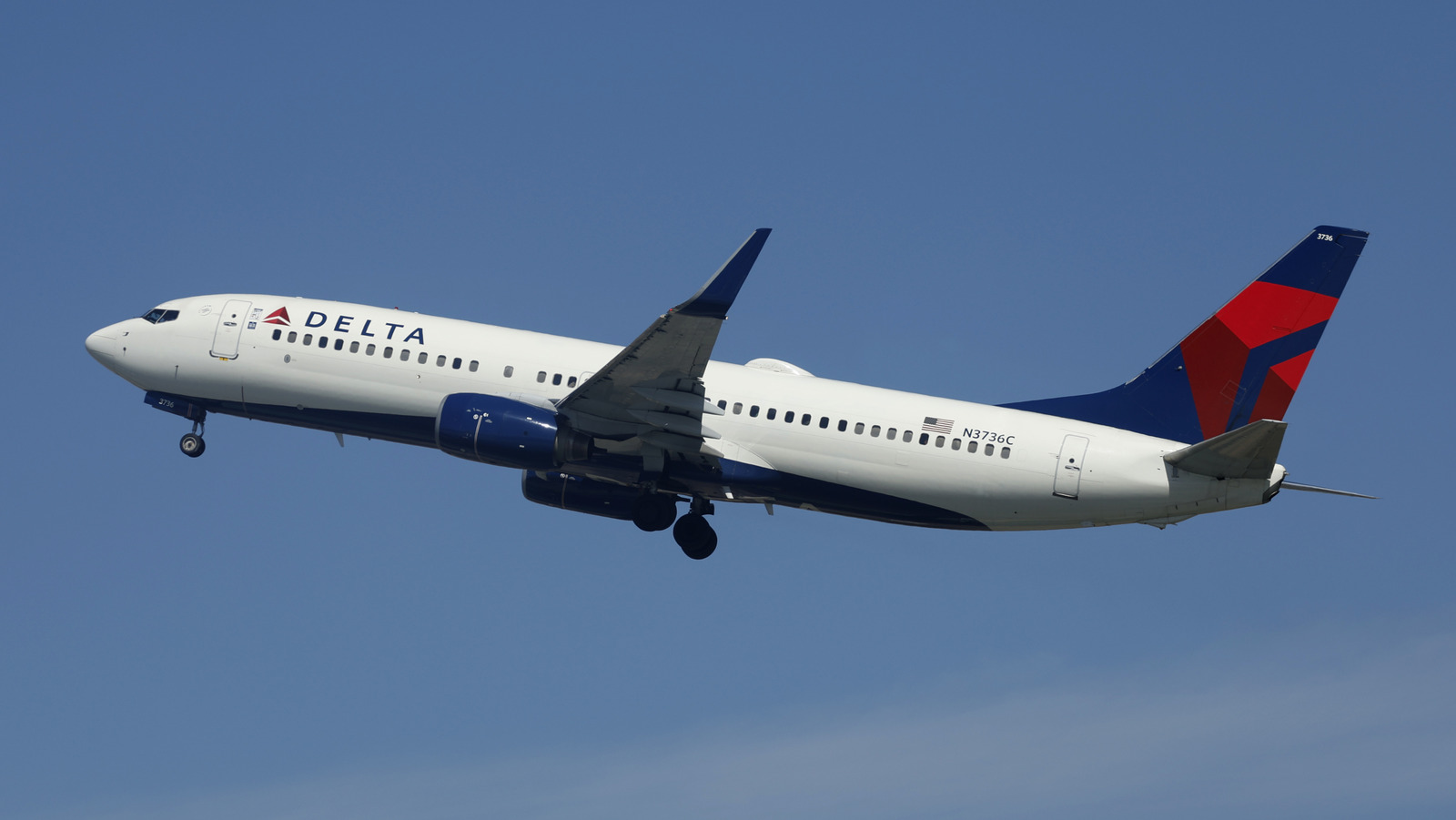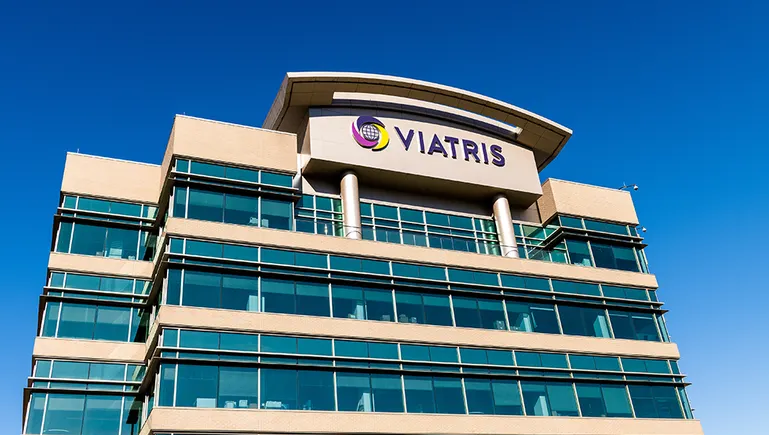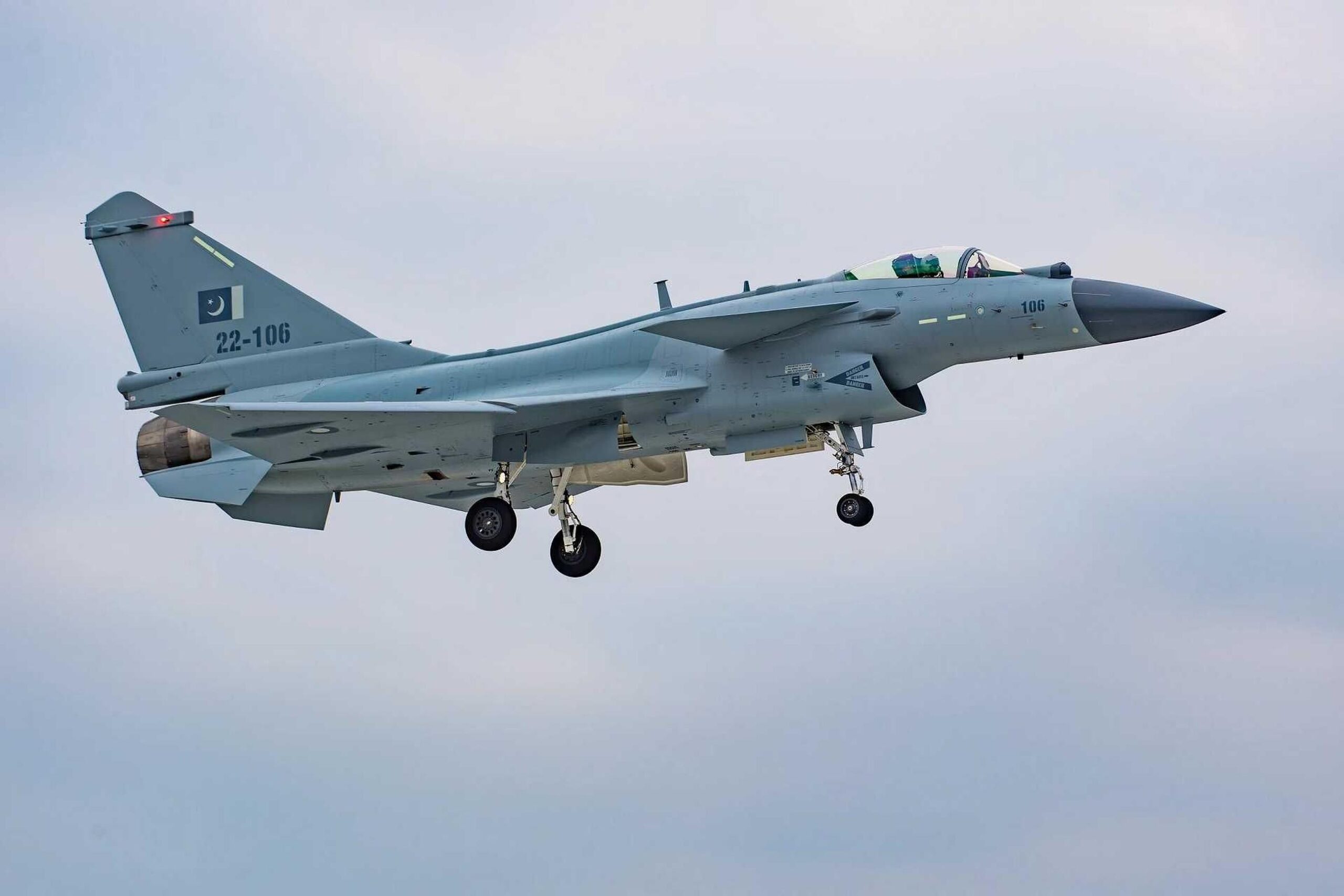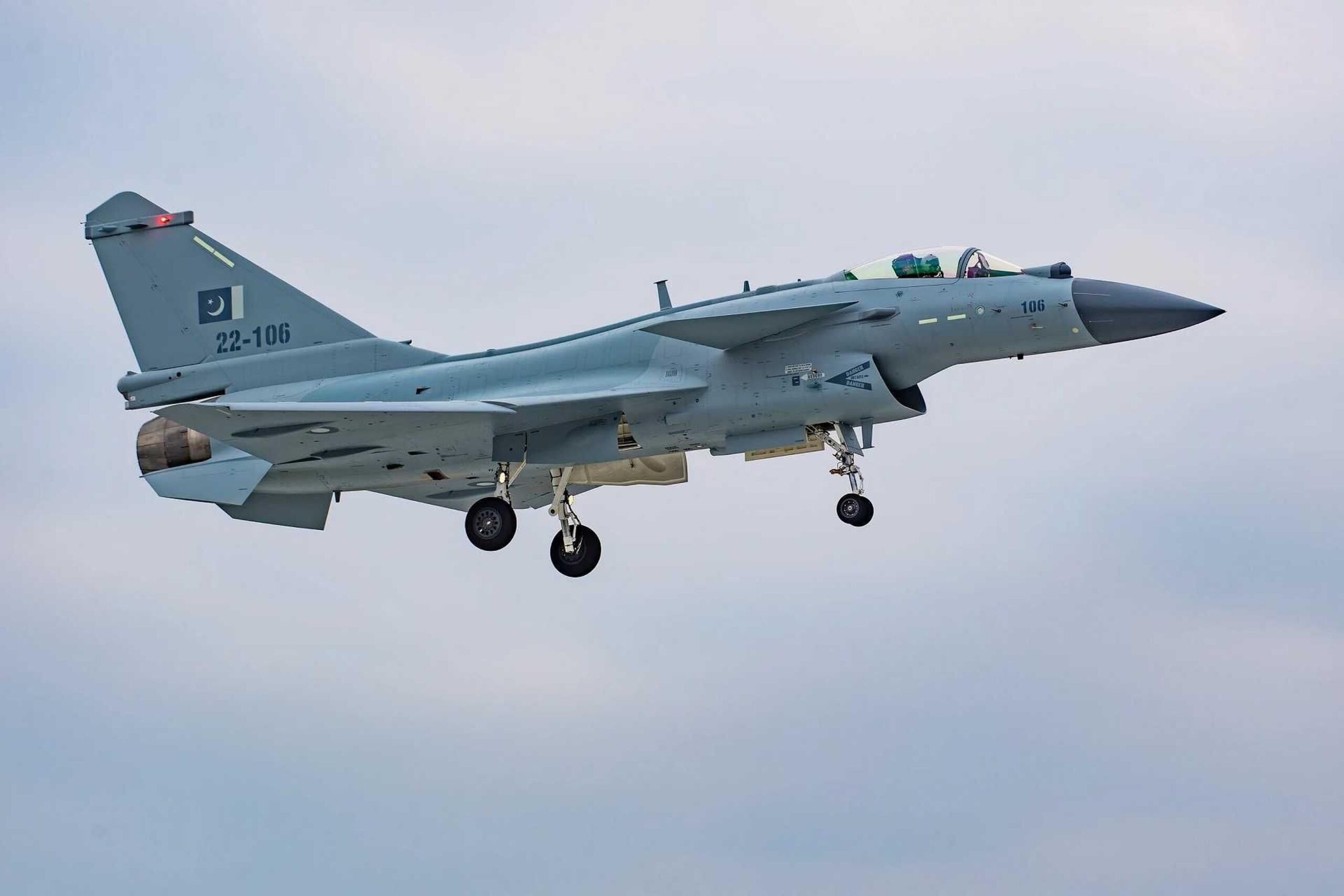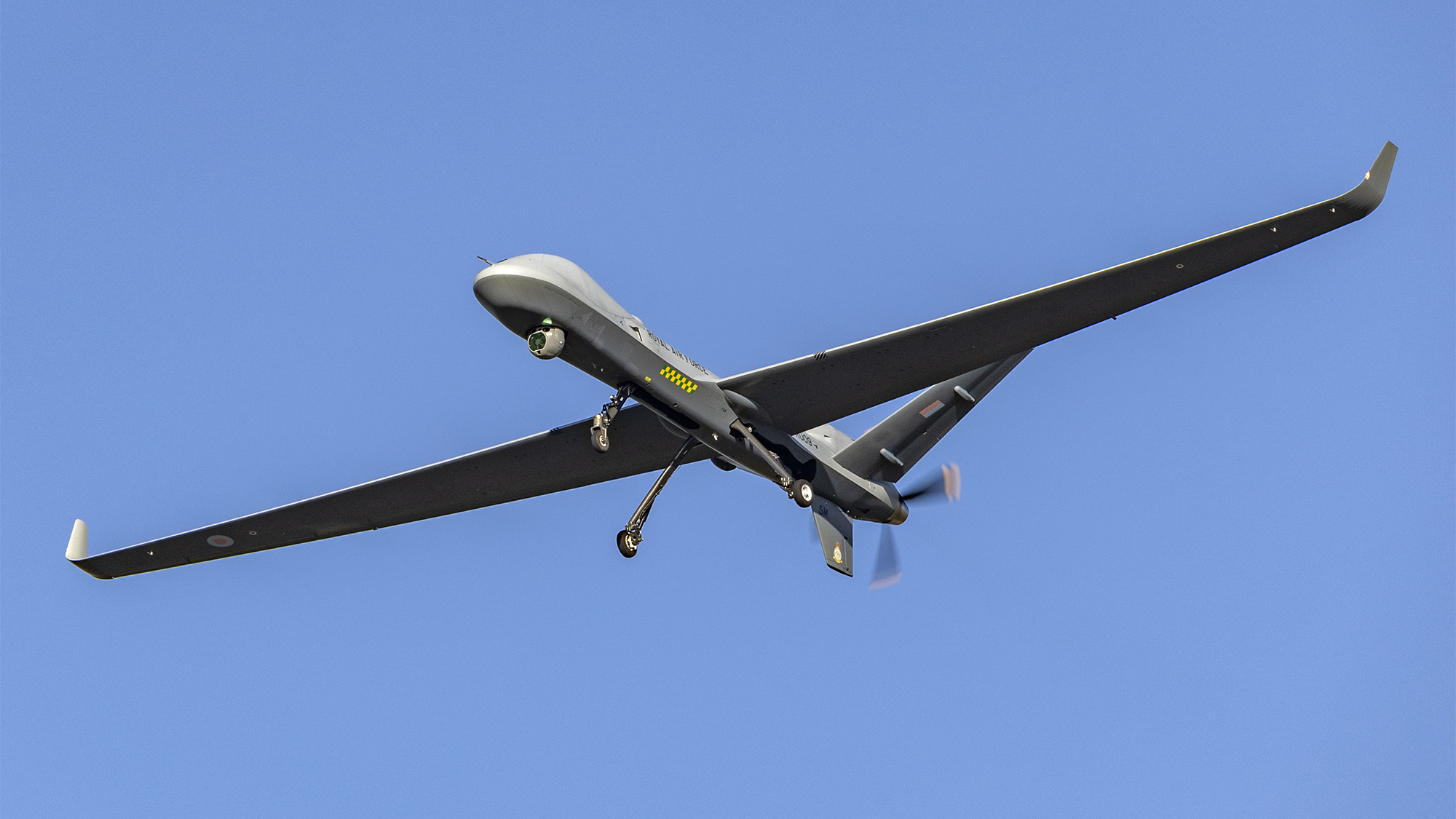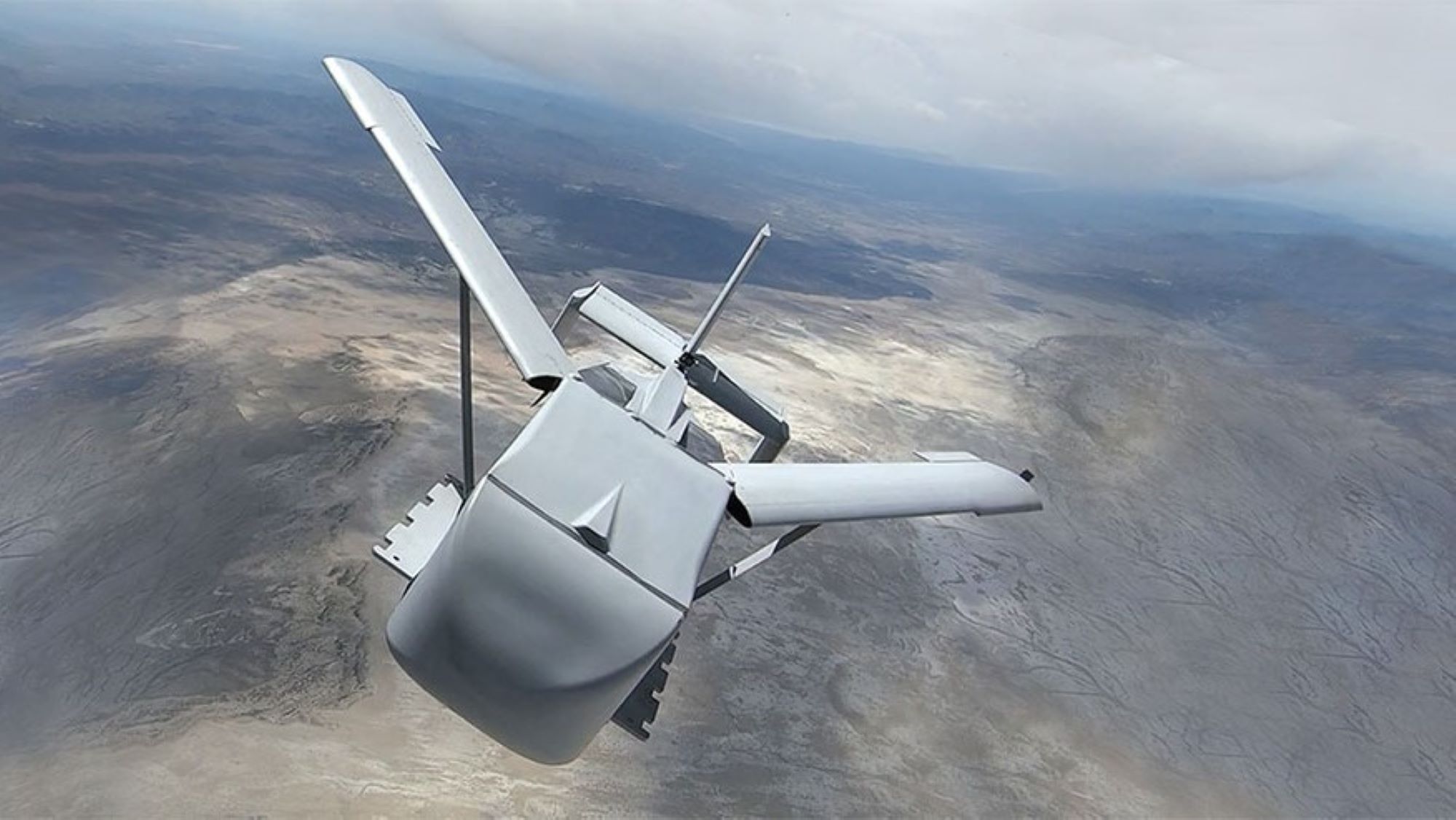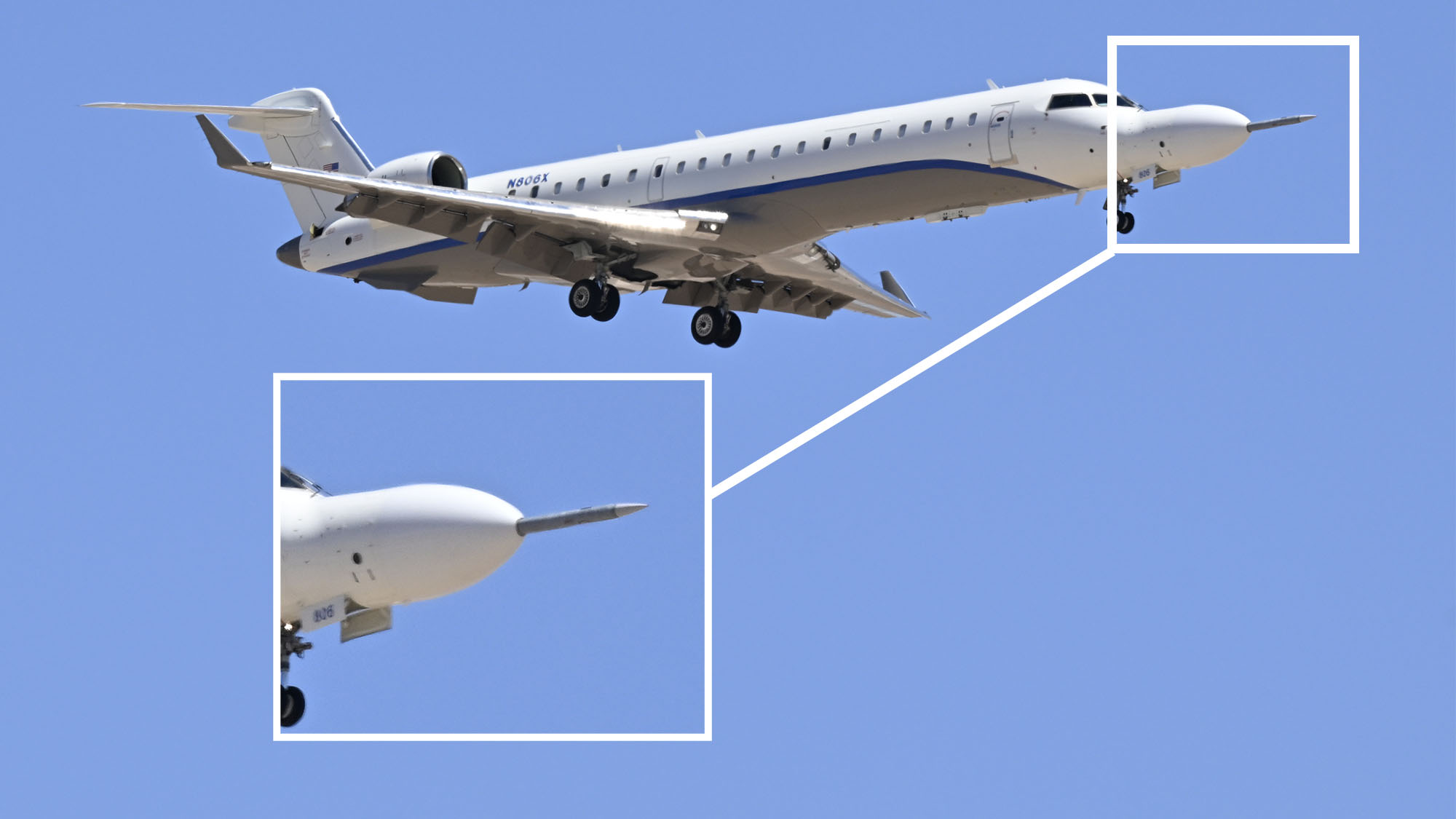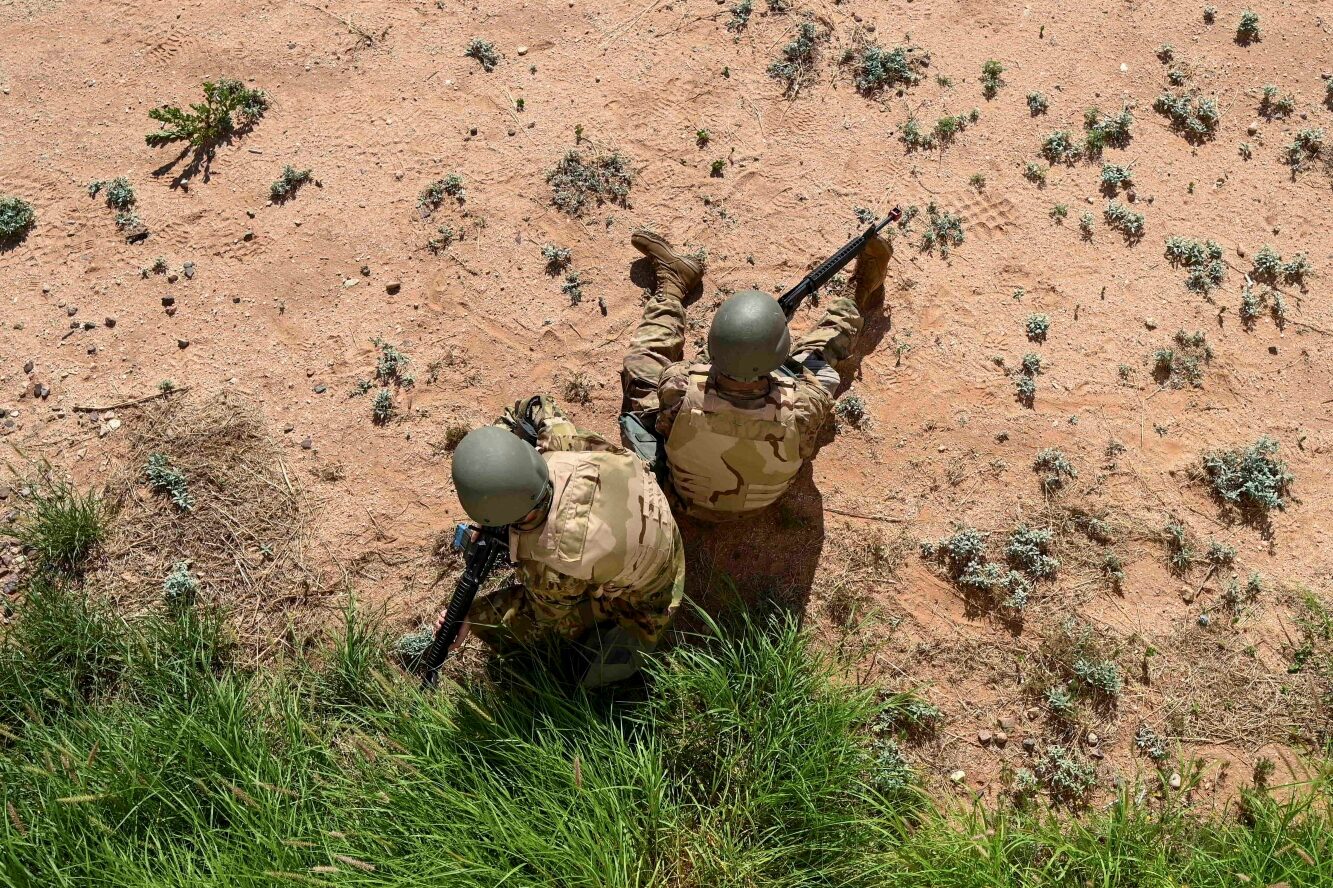US special ops gets first Skyraider II close-support planes, eyes bespoke mission sets
Meanwhile an L3Harris exec told Breaking Defense that US Special Operations Command could request more of the prop planes than originally planned.


A U.S. Air Force OA-1K Skyraider II is parked on the flightline at Hurlburt Field, Florida, Jan. 28, 2025. (U.S. Air Force photo by Staff Sgt. Natalie Fiorilli)
SOF WEEK — Air Force Special Operations Command (AFSOC) has received its first five 0A-1K Skyraider II close air support prop planes, the first of what officials said they hope to be a fleet highly configurable plane for bespoke special missions.
“Once we field operational crews here in the next few years, I think we will find ways to employ it and maybe ways we’re not even thinking about yet,” AFSOC commander Lt. Gen. Michael Conley said at the SOF Week conference here in Tampa.
The five Skyraiders — two for missions and three for training — fall into the “strike portfolio” for US Special Operations Command’s Program Executive Office-Fixed Wing (PEO-FW), according to a PEO-FW official, who requested anonymity for security reasons.
“OA-1K Skyraider II is a modernized, cost-effective platform to perform the Armed Overwatch mission,” the PEO-FW official said. “Its ability to operate in austere environments provides operational flexibility and facilitates the ability to rapidly deploy to any emerging crisis,”
FULL COVERAGE: SOF WEEK 2025
Training of AFSOC crews is being conducted at the Will Rogers Air National Guard Base in Oklahoma, where AFSOC pilots have racked up “close to 1,200 training hours” on the first three training aircraft, the official said.
“As [the planes] come off the production line, we are looking to make them more modular thanks to an open baseline built on a proven commercial airframe which provides a cost-effective, multi-role platform with capacity for rapid reconfiguration tailored to mission need,” the official added.
The first of two missionized aircraft were delivered on April 3 to Hurlburt Air Field in Florida. They are equipped with the Multi-Mission System (MMS) comprising MX-10 and MX-15 ISTAR pods, Hellfire missiles, and APKWS rockets, as well as line of sight/beyond line of sight communications.
But according to PEO-FW, the future could include further sensor payload and weapon enhancements.
As such, plane-maker L3Harris is supporting for its customers a spiral development plan that allows for rolling upgrades and modifications, “looking at sensors and weapons, including launched effects, electronic warfare, signals intelligence and small cruise missiles,” Jason Lambert, president of L3Harris’s ISR sector, told Breaking Defense.
Some recent upgrades include reinforced wings for greater payload capacity and a digital cockpit, Lambert said. Additional armaments could include a low-cost, GPS guided bomb which Lambert said had been successfully integrated two weeks ago and could be fired from a Hellfire launcher.
Other upgrades include an effort to increase the maximum operating altitude of the Skyraider from 18,000 feet to 25,000 feet.
Apart from the technical specs, however, one number appears to be very much in flux: how many airframes USSSOCOM will purchase.
The program of record covers a total requirement for 75 aircraft, with deliveries slated to run through 2029. However, it is currently only budgeted for 62 aircraft, according to L3Harris.
Questions regarding the total requirement of ‘Armed Overwatch’ aircraft date back to the publication of a Government Accountability Office (GAO) report in December 2023, which cast doubt on the future demand for such an aircraft in the age of strategic competition.
The report recommended the DoD “slow the acquisition of new planes until it analyzes how many it needs to meet mission requirements.”
For now, Lambert seemed confident in the use-case argument. He said USSOCOM had suggested there was “additional need” for more aircraft than originally envisioned.















